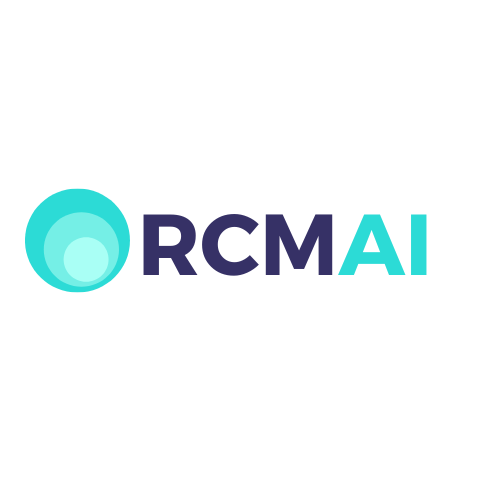Healthcare revenue cycle management is a crucial aspect of the healthcare industry that involves managing patient billing, insurance claims, and payment processes.
Machine learning models can be used to analyze the data generated by these processes and provide valuable insights that can improve the overall efficiency of the revenue cycle management system.

Here are some of the most commonly used machine learning models for analyzing healthcare revenue cycle management data:
Decision Trees: This model can predict patient payment behavior based on their demographic information, insurance status, and other factors. It helps in identifying high-risk patients and implementing effective payment plans.
Random Forest: Similar to decision trees, random forest is an ensemble learning method that aggregates the results of multiple decision trees to make predictions. It provides more accurate results compared to a single decision tree model.
Support Vector Machines: This model can identify patterns in patient billing data and predict which insurance claims will be approved and which will be denied. It helps in reducing denied claims and improving the revenue cycle management process.
Neural Networks: Neural networks can process large amounts of data and identify hidden patterns that are not easily recognizable. It can be used to analyze patient billing and insurance claim data to identify areas for improvement in the revenue cycle management process.
K-Means Clustering: This unsupervised learning model can group patients based on their demographic information, insurance status, and payment behavior. This information can then be used to create targeted payment plans that improve the overall efficiency of the revenue cycle management process.
Machine learning models can provide valuable insights into the healthcare revenue cycle management process and help improve the system’s overall efficiency. These models allow healthcare organizations to streamline their billing and payment processes, reduce denied claims, and improve patient satisfaction.


